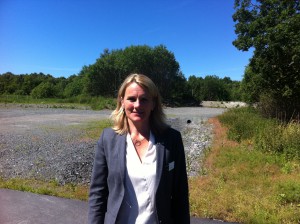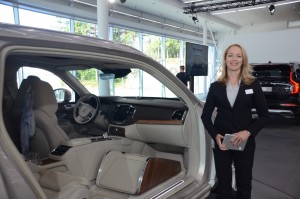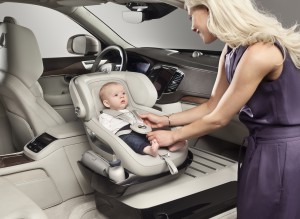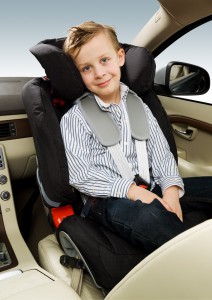China, France prioritize partnership in industry, energy, third-party markets
PARIS, June 30 (Greenpost) — Chinese Premier Li Keqiang on Tuesday agreed here with his French counterpart Manuel Valls on expanding cooperation in industry, energy and third party markets.
Li, who is on a four-day official visit to France, said China is willing to advance practical cooperation and cement mutual trust with France.
Li suggested that the two sides should deepen industrial cooperation in fields including aviation and space, high-speed railway, steel, nuclear, oil and hydro power while increasing added value and jointly exploring third-party markets.
The Chinese premier also noted China and France should step up their cooperation in such areas as agriculture, food, health, digital economy, ocean and polar region development as well as energy efficiency.
Meanwhile, Li called for more favorable conditions to facilitate trade and investment so as to push for a dynamic balance in bilateral trade. “China backs domestic enterprises to invest in France and welcomes French businesses to expand Chinese market with their leading technology.”
Li said the two countries should deepen financial cooperation to provide support for exploring third party markets and enhance exchanges and cooperation in supervising their banking sectors.
France is a core member of the European Union and a partner of special importance for China within the organization, Li noted. “A healthy growth of China-France ties will be exemplary for China-Europe relations.”
He urged France to continue to play an active role in this regard so as to inject new vigor into China-Europe relations.
For his part, Valls said the two countries enjoy fruitful practical cooperation and a broad prospect.
He expressed his hope that France and China could strengthen their economic dialogue and deepen their cooperation in traditional areas including nuclear energy, aviation and space, agriculture and food production while speeding up interaction in such new areas as trilateral cooperation and eco-city building.
Valls called for more two-way investment and exchanges in sectors of culture and tourism.
The French side, he said, appreciated China’s actions in tackling climate change and is grateful for its efforts in working with France to prepare for the 2015 Paris climate change conference.
Li, who arrived here from Belgium after meeting with Belgian leaders and attending the 17th China-EU leaders’ meeting, is now on an official visit to France.
During his stay, he will also pay a visit to the headquarters of the Organization of Economic Cooperation and Development. Enditem
Source Xinhua
Editor Xuefei Chen Axelsson
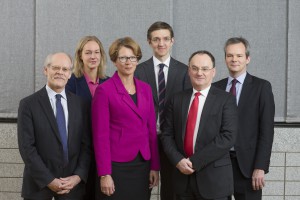
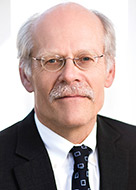 Governor Stefan Ingves explains here what the decision to cut the repo rate to -0.25 per cent means for households and banks in practice.
Governor Stefan Ingves explains here what the decision to cut the repo rate to -0.25 per cent means for households and banks in practice.
